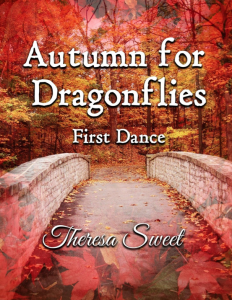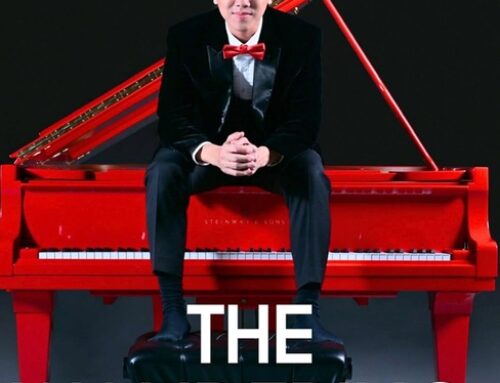 This first of a three-part romance series about young and innocent Mary Lakas is a smooth and easy read with charming characters and wonderfully detailed settings. Mary is a college freshman studying science with the somewhat vague aim of becoming a physicist. When she is not in school, she is very involved in the choirs at her church. Music and science are the two passions of her life. Each realm provides a potential love interest for Mary, yet it is less her budding love life than the character of Mary herself that captured my interest.
This first of a three-part romance series about young and innocent Mary Lakas is a smooth and easy read with charming characters and wonderfully detailed settings. Mary is a college freshman studying science with the somewhat vague aim of becoming a physicist. When she is not in school, she is very involved in the choirs at her church. Music and science are the two passions of her life. Each realm provides a potential love interest for Mary, yet it is less her budding love life than the character of Mary herself that captured my interest.
Mary is funny and spontaneous and disarmingly candid. She’s almost too naive for a modern young woman. She is a peculiar mixture of shyness and bubbling candor, of deep scars and unspoiled innocence. She seems incapable of disgruntlement, even when she has plenty of reason to be miffed. She is one of the most charming and intriguing characters I have met recently.
While showing a friend the planetarium at her college, Mary describes herself:
. . . when I look at the sky, I think about how vast the universe is. And, because I know the molecules that make me, and you, and all of us . . . that make everything . . . can be traced to the explosion of stars at the beginning of time, I don’t feel tiny, I feel . . . big. Infinite. Connected with everything. And that makes me feel beautiful.” Mary looked down at James, who was sitting and watching her. “Music makes me feel the same way. Big.”
Mary and James are in the darkened auditorium during this passage, but big revelations like this come so easily and genuinely to Mary that you realize that even though she is shy and insecure, she does not need the cover of darkness to reveal herself. She has the honesty and candor of a small child—and despite many sorrows that still haunt her, a child’s joy as well.
For the most part the only serious problem with this book is what it lacks. While the characters are delightful, especially Mary and Mark, we don’t really get to know them as well as we might. Most of the work of character-building is done through dialogue (which in this book is a little bit unnatural, with far too many nouns of address). I think it would be nice to spend more time in Mary’s head.
Sweet also goes into a little too much unnecessary detail about what everybody is doing—walk to the door, open the door, walk in the room, take a seat—and when a scene is over the characters all say goodbye to each other, specifically and by name, rather like the end of each episode of the old television series The Waltons when the family members all tell one another goodnight. I think the story would be far more powerful if she got into and out of scenes more quickly.
The story provides plenty of opportunity for tension and interesting themes, but not many are played out. For example, Mary’s conflict between science and art seems to be a key theme, but it is only hinted at here and there. Perhaps it will be more fully developed in the next two books in the series. And that may be the answer to all the problems I have with this book. This is only the first of a three-part series, and as with so many series books these days, it reads less like a book with a sequel to come than like the first section of a larger book that has been published on its own. The book doesn’t end; it merely stops. I expect that with such delightful characters and so much opportunity to develop themes and explore tensions, this complete series will be as charming as its main character.
All in all Autumn For Dragonflies is a very sweet story with a nice vibe that I think will entertain readers, especially younger readers, who are looking for a light, easy read with appealing characters.
Get an Editorial Review | Get Amazon Sales & Reviews | Get Edited | Publish Your Book | Enter the SPR Book Awards | Other Marketing Services






















Leave A Comment